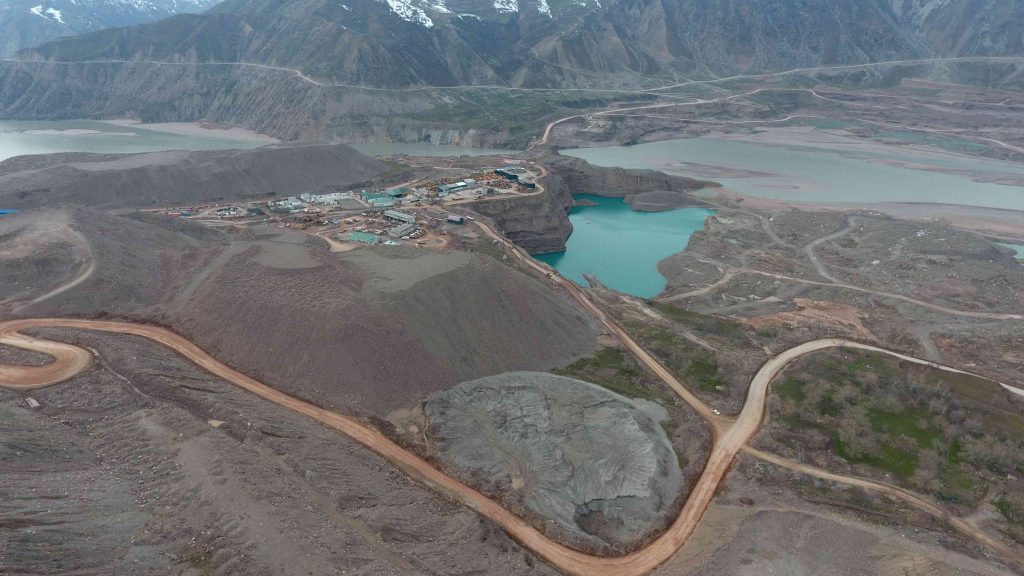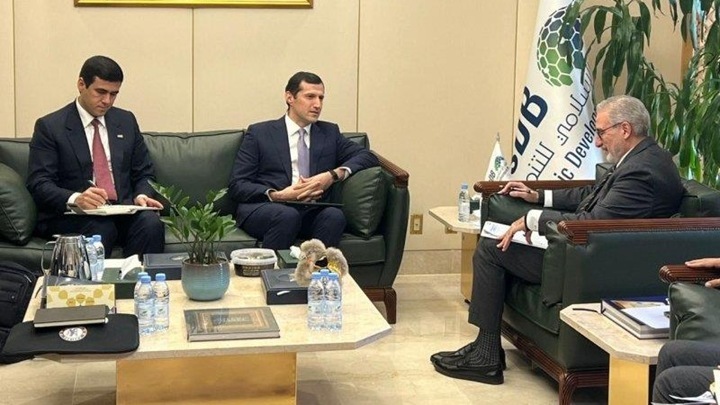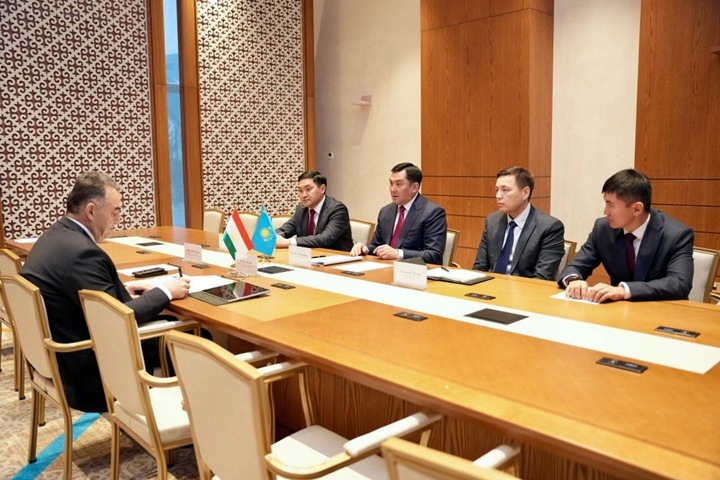Rogun Hydro consequences
Colonization by decarbonization
The environment assessment proves that the Rogun project is not climate friendly. According to EU standards, with more than 102g CO2 e/KWH it does not meet the criteria for a “substantial contribution” to climate change mitigation. Nor will Rogun hydropower contribute to the decarbonisation of the Tajik energy system, which has a similar emission intensity (106g CO2 e/KWH). If Uzbekistan and Kazakhstan decide to rely on energy imports from this source, the project could delay Central Asia’s green transition by 15 years. Meanwhile the exorbitant cost of the Rogun Dam project will make the electricity produced by it no affordable to poor populations of Tajikistan and other countries of the region.
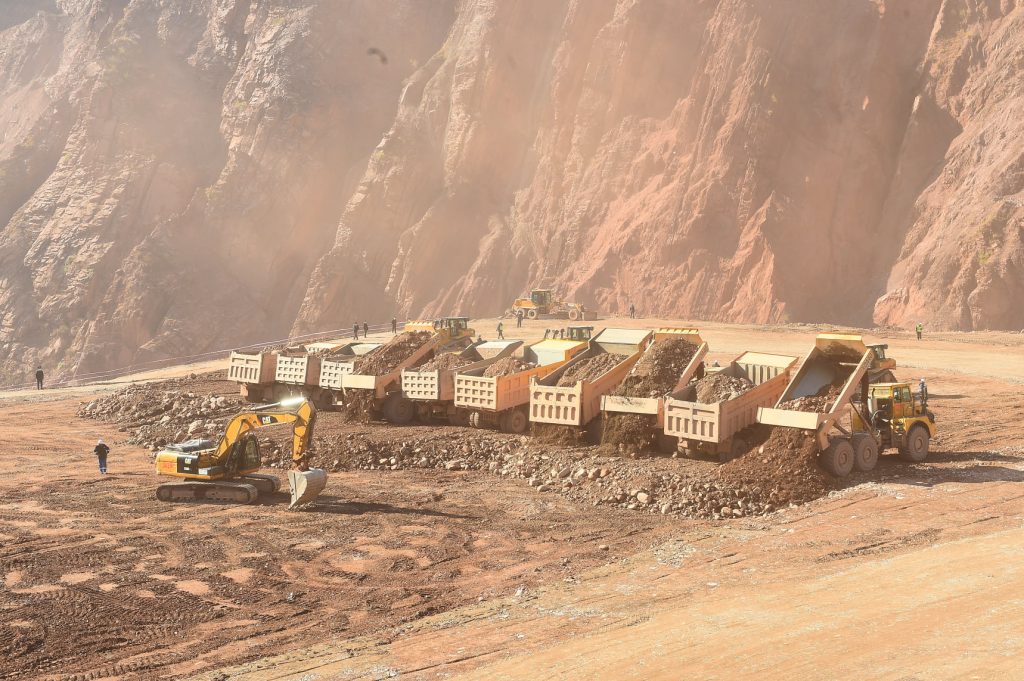
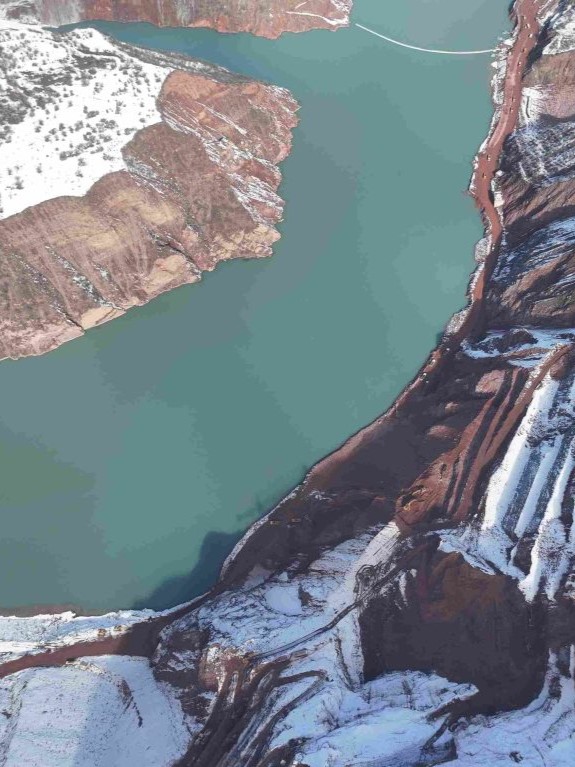
Non-Compliance with E&S Standards
Analysis of non-compliance with the World Bank’s Environmental and Social Standards
Key issues of rogun dam project
Rogun Dam Alerts
The Rogun Hydro once caused a major controversy between Tajikistan and downstream countries as it may have capacity to redirect waters needed for irrigation and other survival needs. It also will have major environmental and social impacts, which assessments so far have been superficial and incomplete. Nevertheless the World Bank falsely claimed in April 2024 that “The environmental and social instruments of Rogun HPP Project comply with the requirements of the World Bank’s Environmental and Social Framework”. Here we explain why it is a dangerous overstatement, which may have major negative consequences.
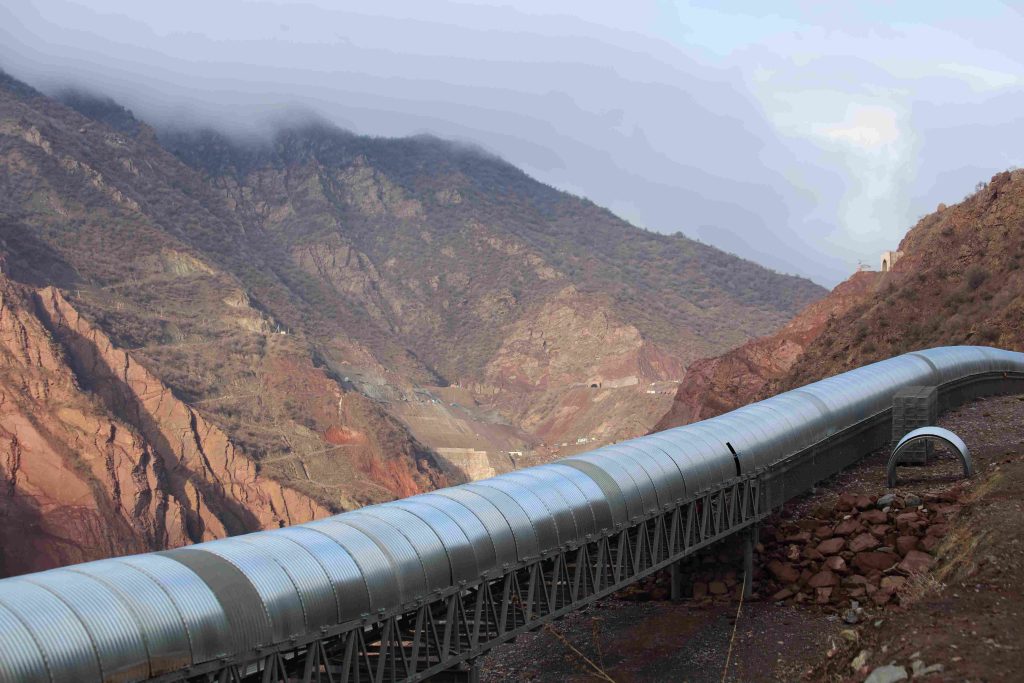
Rogun resettlement
60,000 people resettling will inevitably have massive environmental and social impacts. All the more so in a society with few political and individual freedoms, low levels of transparency, the highest level of corruption, and exacerbating human rights violations.
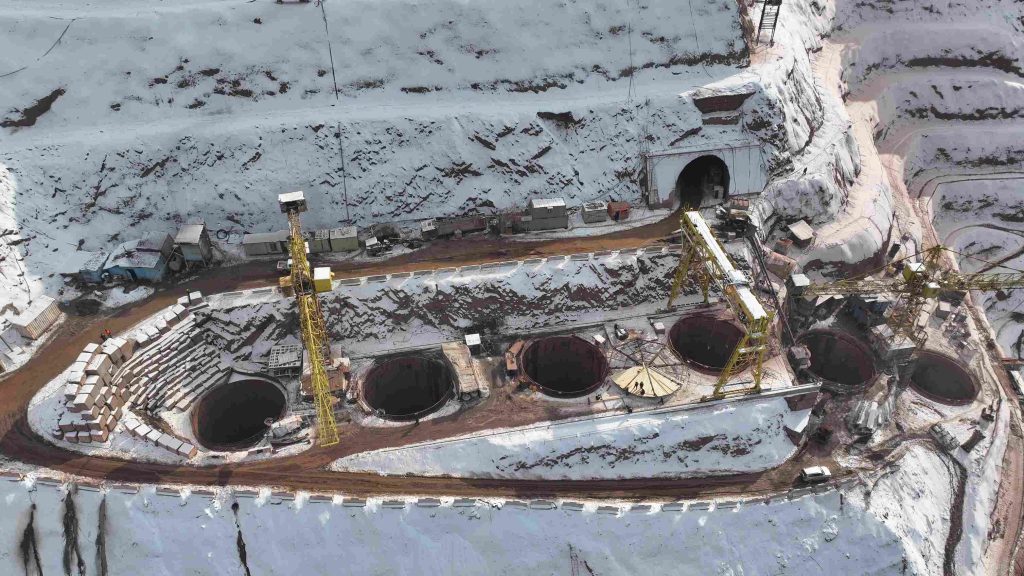
Rogun, World Heritage and biodiversity
The project fails to develop measures mitigating major negative impacts, including the reduction of the river flow to the Aral Sea, impacts on the “Tugay Forests of the Tigrovaya Balka” World Heritage site in the Vakhsh River floodplain, degradation of habitat of critically endangered endemic sturgeons.
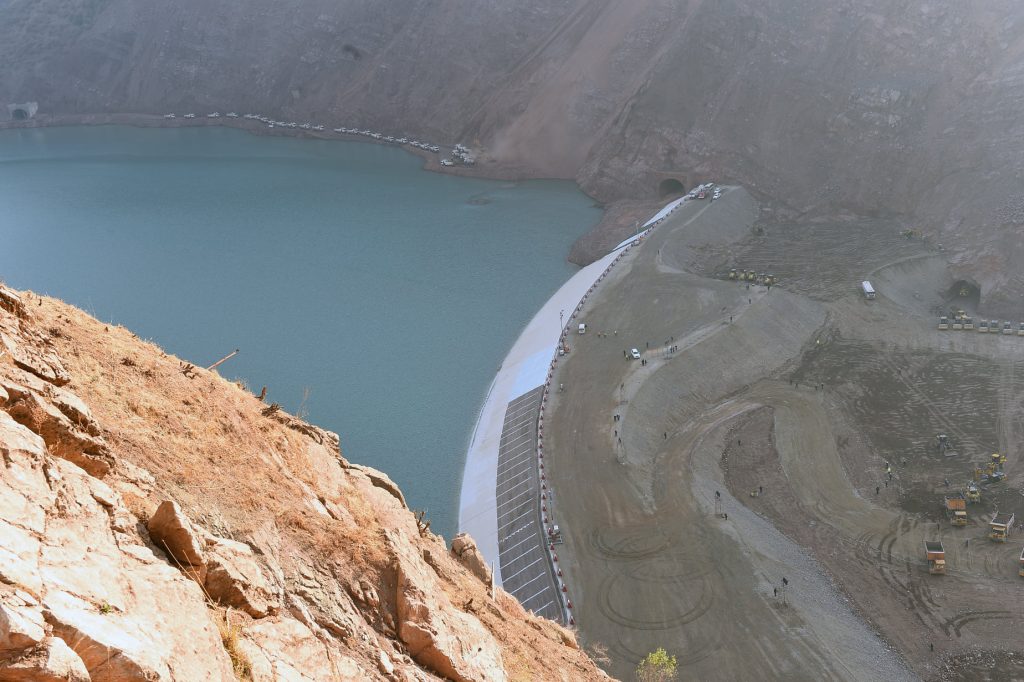
What if the dam fails?
Rogun Dam safety has always been a concern, as the location selected for construction sits atop of a seismic fault and a salt dome. The lengthy construction process was several times arrested and reverted by floods and earthquakes.
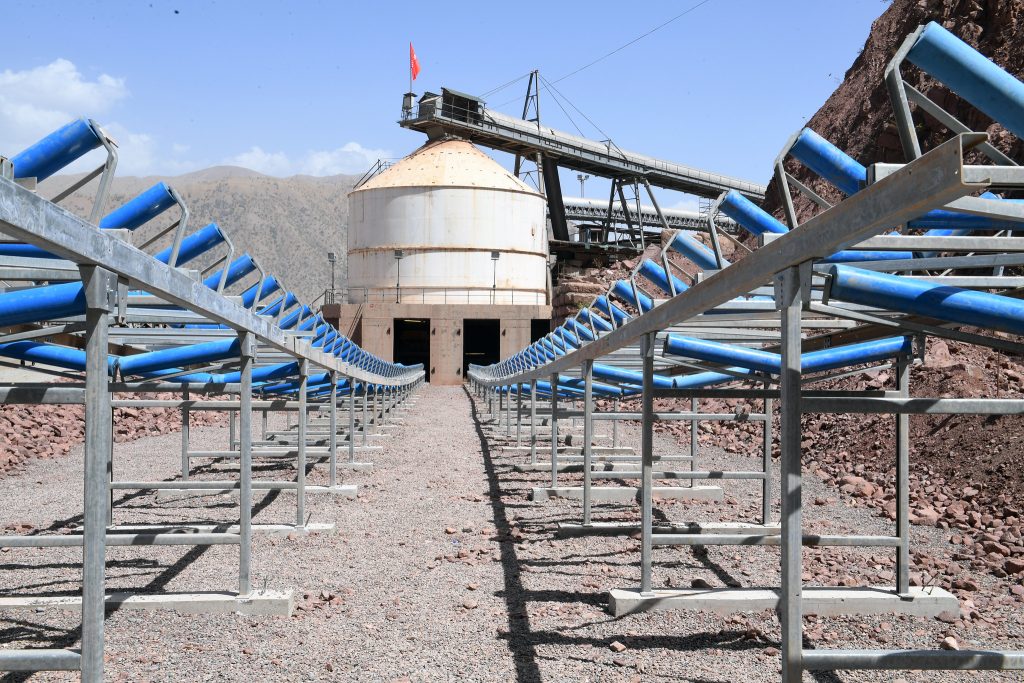
Debt distress and IMF trickery
According to 2023 report by the International Monetary Fund (IMF), Tajikistan’s ‘fiscal space remains limited due to debt sustainability concerns’ and Rogun investment has been a major problem for country’s fiscal health, while both the project costs and delays are on increase.
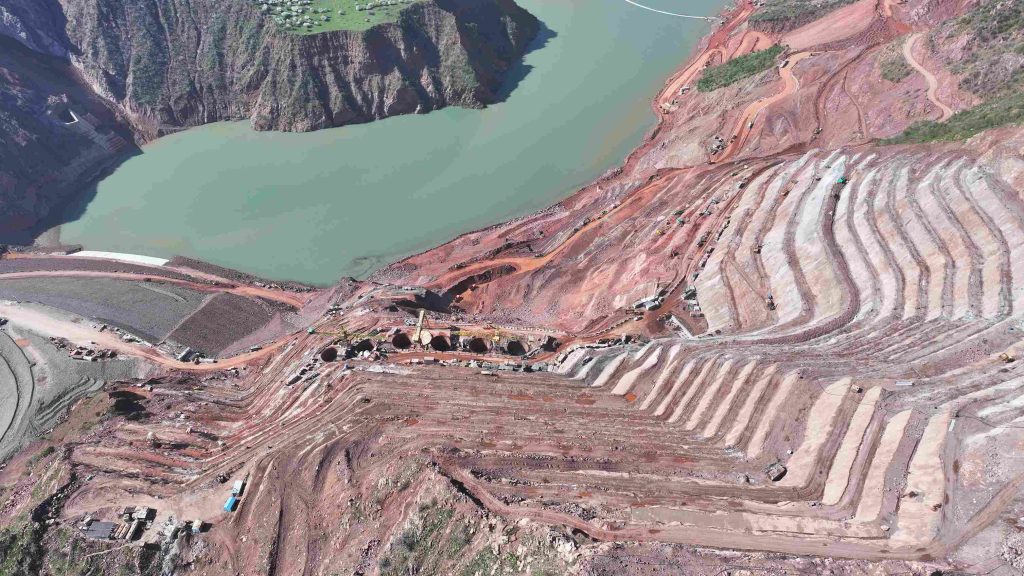
Water flow and water security
There is no credible answer to a crucial question, whether there is sufficient water resource available for filling the giant Rogun reservoir without compromising needs of other sectors and riparian countries.
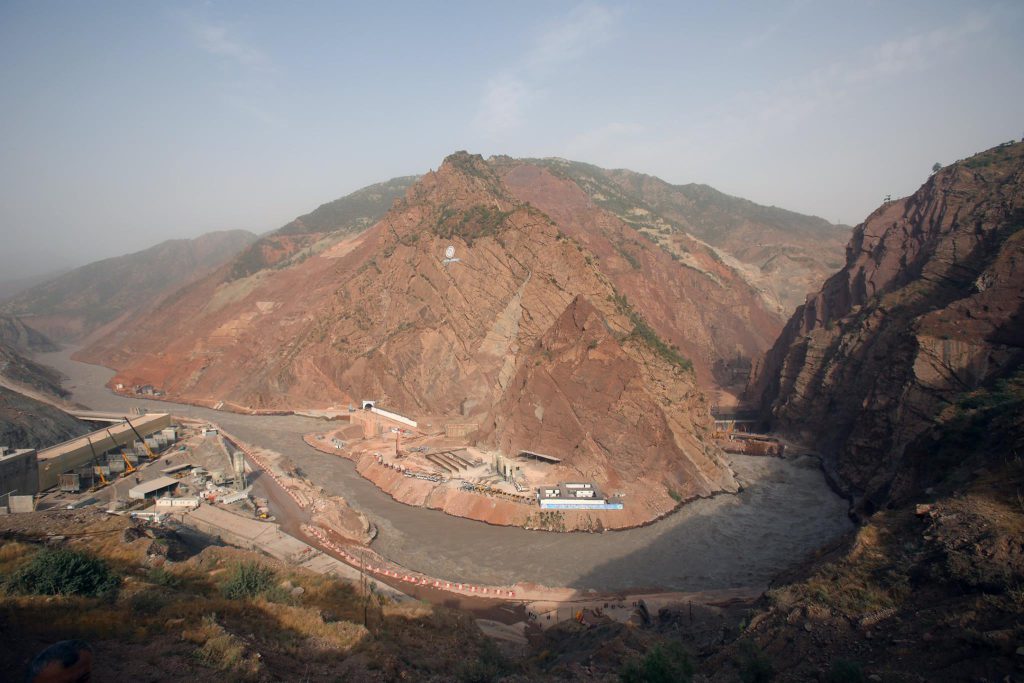
Alternatives to Rogun HPP
Alternative renewable schemes based on solar and wind could be built five times faster and three times cheaper than the giant Rogun HPP, whose price tag has been rising at a rate of 15 per cent a year since 2008.
Key issues of rogun dam project
Rogun Dam Context
Tajikistan – a small, landlocked, mountainous country in Central Asia – is at the crossroads of major geopolitical interests. Tajikistan borders Afghanistan and China. Russia considers this ex-USSR country to be in its sphere of interest, and Europe has declared its readiness to reduce the Central Asian countries’ dependence on Russia, and counter China’s Belt and Road Initiative.
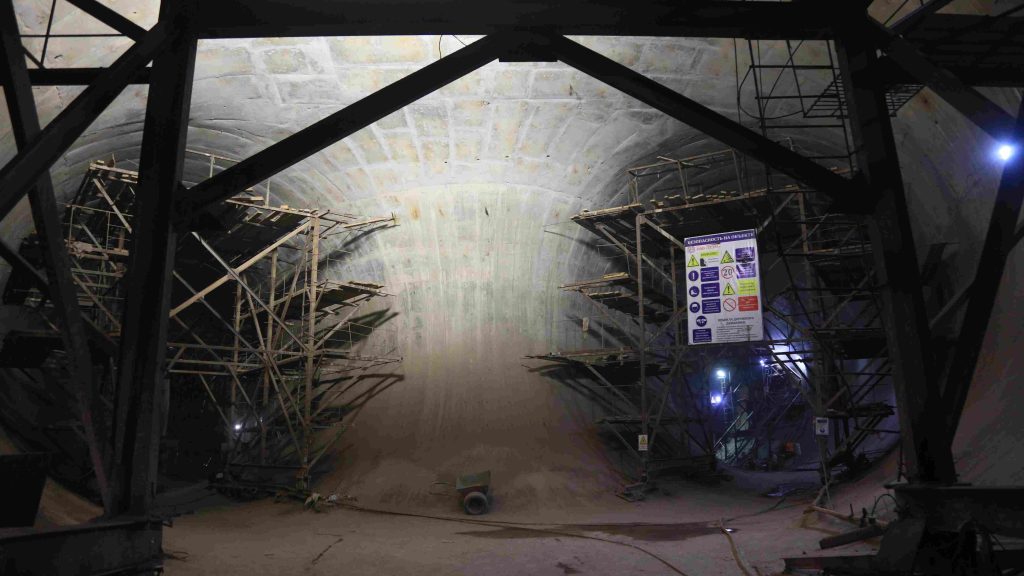
Human Rights Context
Countries of Central Asia have problematic human rights record and working there presents a big challenge for civil society organizations and activists…
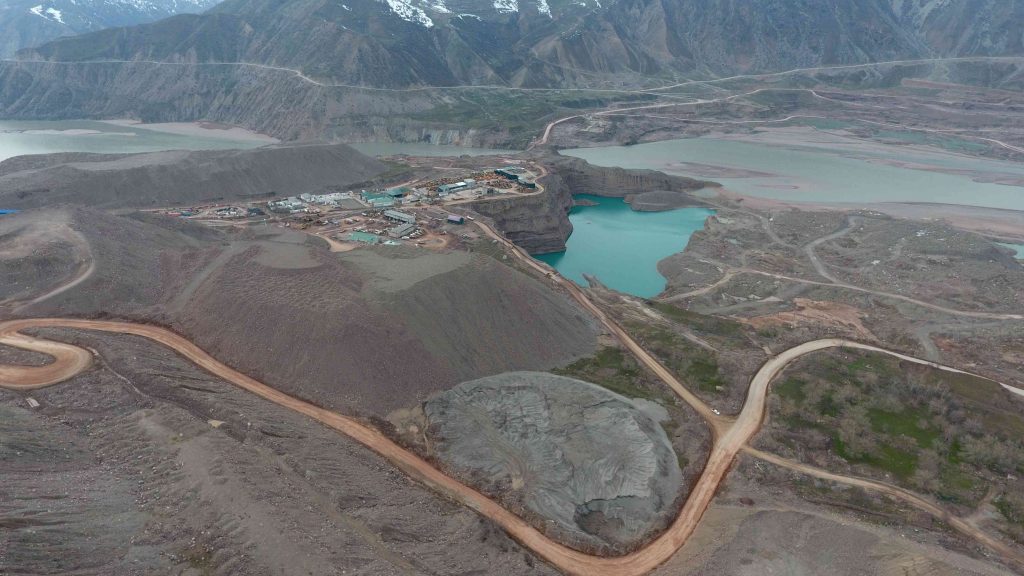
Water Management in Central Asia
The best known problem in water management in the region is desiccation of the Aral Sea, which was caused by excessive development of water infrastructure and irrigated agriculture.
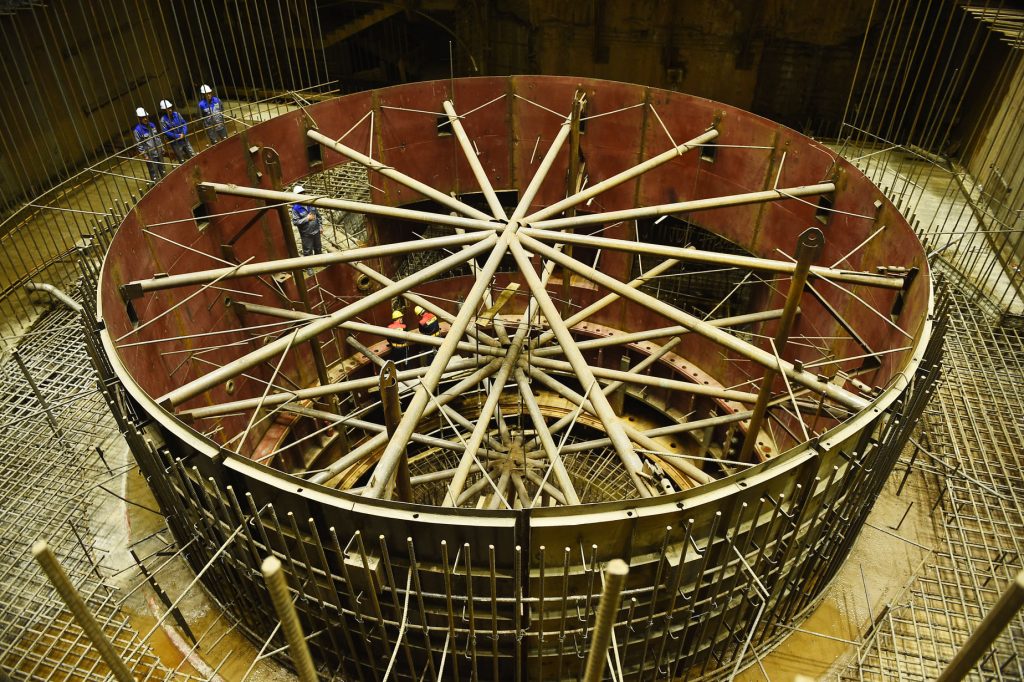
False Promises of Hydropower
Hydropower construction, which is decreasing globally, is experiencing revival in the countries of Central Asia, including Tajikistan.
ROGUN DAM TIMELINE
Endless construction of the tallest dam in the world
Construction of the Rogun dam began in the Soviet era, in 1976, but was abandoned in 1993 after the collapse of the Soviet Union. Over three decades only preliminary construction has been carried out on the dam. Due to its controversial state, the construction was suspended in August 2012. The project was restarted by the Tajik government in 2016. In 2023 World Bank, ABII, and other international banks decided to resume the endless construction…
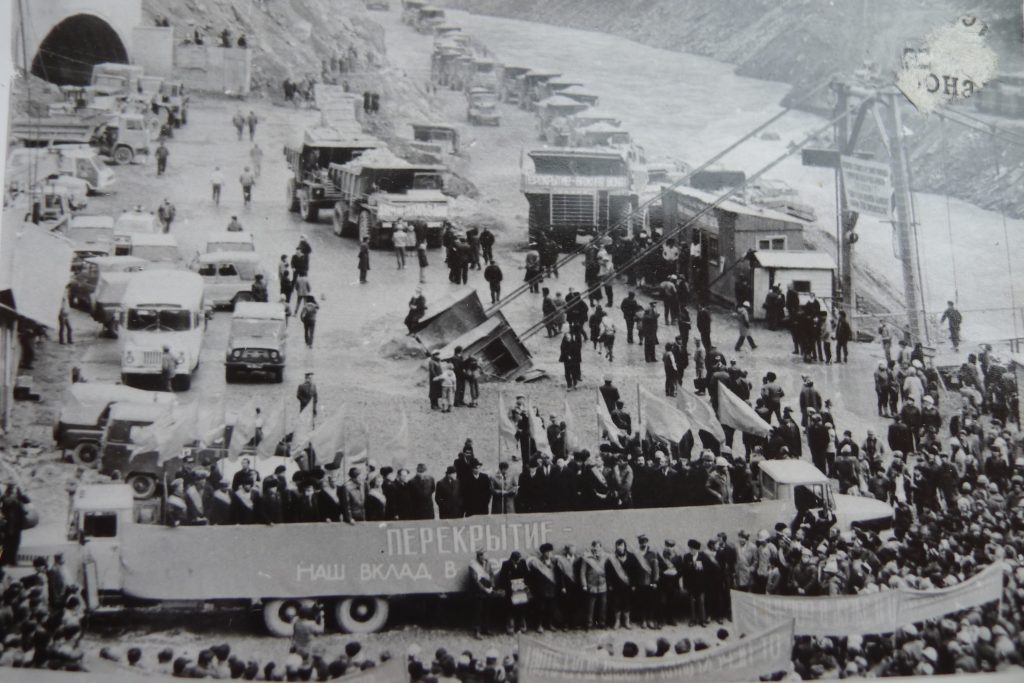
1976
First Start
The Rogun Dam was first proposed in 1959 and a technical scheme was developed by 1965. Construction began in 1976, however the project stalled after the collapse of the Soviet Union.
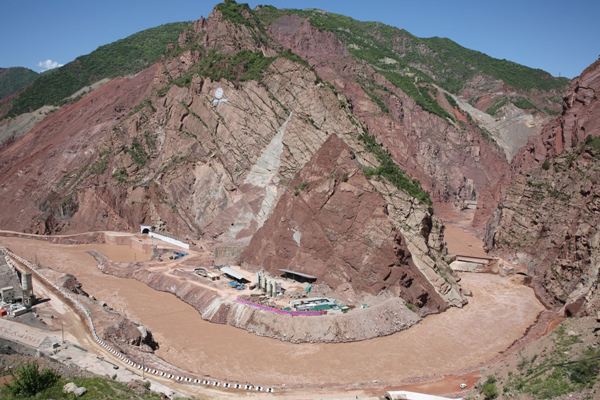
1993
The dam failed
The tragedy occurred on May 8, 1993, when the existing coffer dam was washed away by a severe flood, and tunnels and the main generator hall were partially flooded
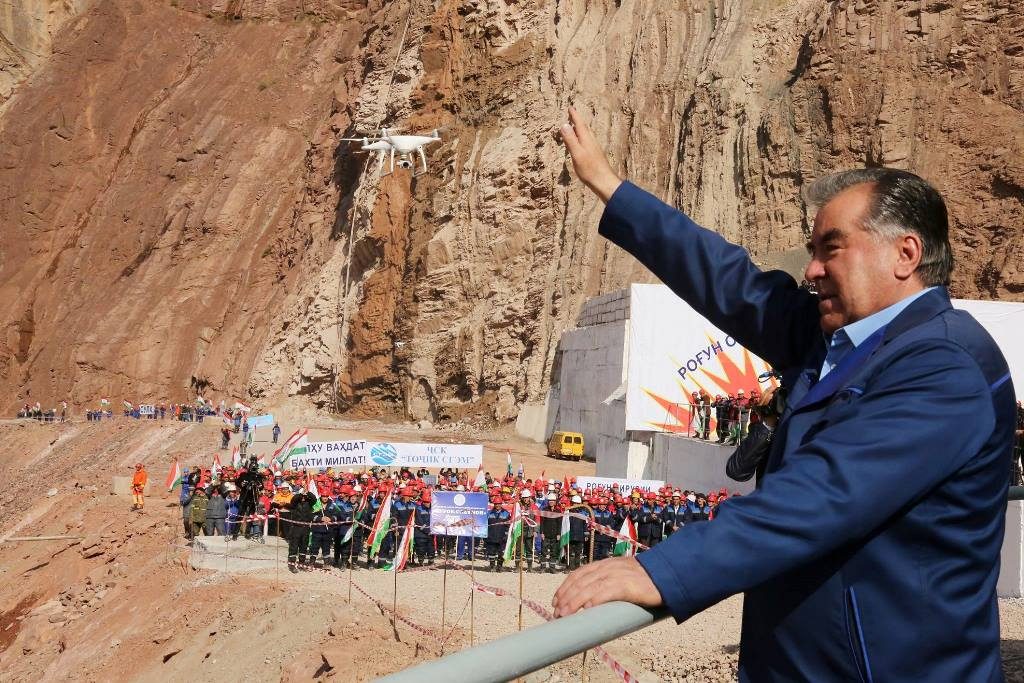
2016
The dam begins, again
On October 29, 2016 Tajik president officially launched the construction of the tallest dam in the world. At the ceremony, the river’s flow was ceremonially diverted through the reconstructed diversion tunnels.
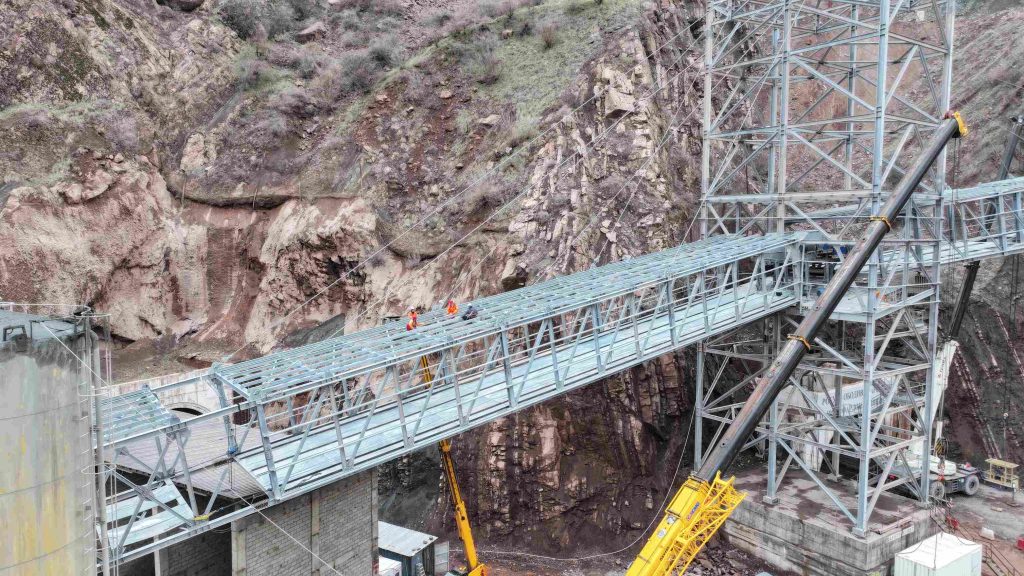
2023
New wine in old wineskins
World Bank, ABII, and other international banks decided to resume the endless construction…
Recent news
Rogun Project in Media
Objective news on Rogun Hydro is hard to find due to active promotion of this megaproject by its proponents and lack of independent journalism in the region. We present here a selection from the media addressing various crucial problems related to Rogun HPP and other hydropower in Central Asia.
-
Tajikistan And IsDB Discuss Co-Op And Support For Rogun HPP
First Deputy Minister of Finance of Tajikistan Yusuf Majidi held talks with Rami Ahmed, Vice President for Operations of the Islamic Development Bank Group (IsDB), focusing on the country’s key development initiatives, including the Rogun hydroelectric power station, Trend reports via the Tajik Ministry of Finance. The sides highlighted the strategic importance of the Rogun…
-
Pitfalls of the Rogun Hydro: What fate awaits the people resettled from the inundation zone?
The Rogun HPP construction project in Tajikistan, in its current form, involves the forced resettlement of up to 60,000 local residents from the inundation zone. These people must leave their homes and their land to start a new life from scratch. Proponents of the project insist that this is the price of progress–tens of thousands…
-
Kazakhstan Gears Up To Sign Tajikistan’s Rogun HPP Electricity Intergovernmental Deal
Kazakhstan is ready to sign an intergovernmental agreement on electricity supplies from Tajikistan’s Rogun hydropower plant, previously outlined in the 2023 memorandum, Minister of Energy of Kazakhstan Yerlan Akkenzhenov said during talks with Tajikistan’s Minister of Energy and Water Resources Daler Juma on the sidelines of the KazEnergy Forum, part of Kazakhstan Energy Week 2025…



